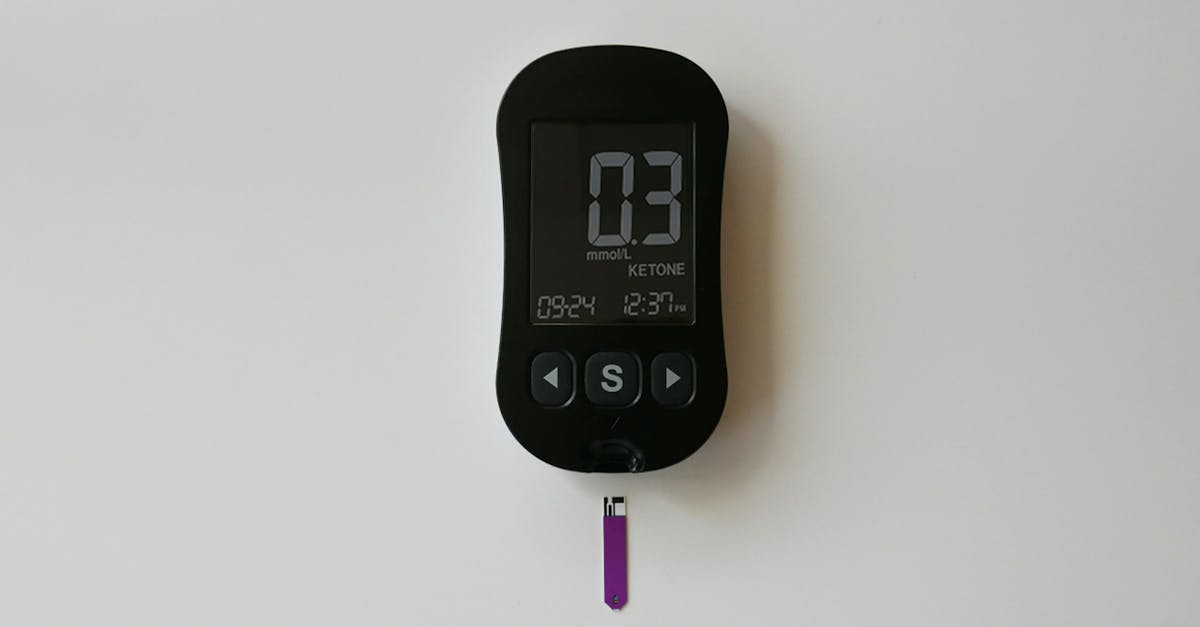Navigating the world of government assistance can be overwhelming, especially when trying to understand the intersection of Medicaid and Social Security benefits. Many people wonder if they can receive both forms of aid simultaneously. This article will provide clarity on this topic, including essential information to help you make informed decisions regarding your eligibility for these programs.
| Criteria | Medicaid | Social Security |
|---|---|---|
| Eligibility | Low-income individuals and families | People with disabilities, retirees, or survivors |
| Income Limits | Varies by state; typically based on the Federal Poverty Level | Based on work history and earnings |
| Application Process | State Medicaid office | Social Security Administration (SSA) |
| Benefits | Covers medical expenses, including hospital visits and prescriptions | Monthly income support based on work history |
| Asset Limits | Varies by state; generally lower limits | No asset limits for retirement benefits |
| Program Interaction | Can be coordinated with Social Security | Can increase eligibility for Medicaid |
| Renewal Frequency | Annual renewal or review | Generally, no renewal required unless circumstances change |
Eligibility for Medicaid
Medicaid is a state and federally funded program designed to assist low-income individuals and families in affording medical care. To qualify for Medicaid, applicants must meet specific income and residency requirements set by their state. Eligibility often extends to pregnant women, children, the elderly, and individuals with disabilities. Each state has its own guidelines, which may include expanded coverage under the Affordable Care Act. Understanding these criteria is crucial for those seeking assistance.

Income Limits for Medicaid
Income limits for Medicaid eligibility can vary significantly from state to state. Most states use the Federal Poverty Level (FPL) as a benchmark, determining whether an individual or family qualifies for benefits. Some states have expanded Medicaid to cover those earning up to 138% of the FPL, while others may have stricter limits. It’s essential to check with your local Medicaid office for the most accurate information regarding income thresholds.

Application Process for Medicaid
The application process for Medicaid typically involves submitting an application to your state’s Medicaid office. This can often be done online, via mail, or in person. Applicants will need to provide documentation regarding their income, assets, and household composition. Some states allow for expedited processing in urgent situations. It is advisable to prepare all necessary documents beforehand to streamline the process.

Benefits of Medicaid
Medicaid provides comprehensive health coverage, including hospital visits, doctor appointments, prescription medications, preventive care, and long-term care services. The specific benefits may vary by state, but generally, Medicaid covers essential health services that are vital for maintaining health and well-being. This coverage can significantly alleviate the financial burden of medical expenses for eligible individuals and families.

Asset Limits for Medicaid
Asset limits for Medicaid eligibility differ by state and are typically lower than those for Social Security benefits. In many states, individuals must have limited resources, such as cash, savings, and certain property, to qualify for Medicaid. However, some assets, like a primary residence or a vehicle, may be exempt from these limits. It’s important to understand these nuances to ensure you meet the eligibility requirements.

Program Interaction: Medicaid and Social Security
Individuals can receive both Medicaid and Social Security benefits simultaneously. In many cases, receiving Social Security can actually help an individual qualify for Medicaid, especially if their income is low. For example, Supplemental Security Income (SSI) recipients often qualify for Medicaid automatically. Understanding how these programs interact can provide valuable insight into maximizing benefits.

Renewal Frequency for Medicaid
Medicaid eligibility is not permanent and typically requires annual renewal or periodic reviews. States may send out renewal forms to recipients to confirm continued eligibility. Failure to complete the renewal process may result in loss of benefits. It’s essential for recipients to stay informed about their renewal dates and respond promptly to any requests for information.

FAQ
Can you receive both Medicaid and Social Security Disability Insurance (SSDI)?
Yes, individuals can receive both Medicaid and SSDI. Eligibility for Medicaid may depend on the state and the recipient’s income level. SSDI benefits do not count as income for Medicaid eligibility, which means many individuals can qualify for both programs simultaneously.
How do I apply for both benefits?
You can apply for Social Security benefits through the Social Security Administration (SSA) online or in person. For Medicaid, applications are submitted to your state’s Medicaid office. It is often beneficial to apply for both benefits at the same time to streamline the process.
What if my income changes after I qualify for Medicaid?
If your income changes, it is crucial to report this to your state’s Medicaid office. Changes in income can affect your eligibility, and failure to report changes may lead to penalties or loss of benefits.
Where can I find more information about Medicaid and Social Security?
For detailed information on Medicaid, visit [Medicaid.gov](https://www.medicaid.gov/). For Social Security information, check the [Social Security Administration’s website](https://www.ssa.gov/). Both sites offer comprehensive resources and guidance on eligibility and application processes.
References:
– [Medicaid.gov](https://www.medicaid.gov/)
– [Social Security Administration](https://www.ssa.gov/)




